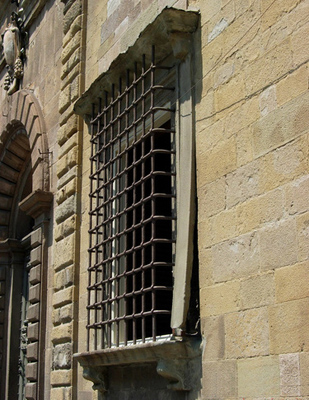If you are reading this article, the chances are you are either visiting Lucca on holiday, spend some part of the year here, or indeed live here on a permanent basis. You will certainly be aware that the tourist season is in full swing.
But who visits Lucca? Some interesting information has emerged from a recent suvey conducted on behalf of the Provincia di Lucca, i.e. embracing the region around Lucca from the Versilian coast to the Garfagnana, as well as the city itself.
A sample of some 1500 visitors was polled between April and October of last year.
How Many? The first surprise lies in the volume of visitors. It is reckoned that when second houses are taken into account, the total number of person7visits over the year adds up to an amazing 12 million. This figure is far higher than previous official estimates, reflecting the additional effort that is now being made to capture data on visitors who do not use any of the formal tourist services, such as the APT offices.
Where from? Over 60% of visitors to the region are Italians, higher than the average for Tuscany as whole. This figure rises to two-thirds when confined to the coastal resorts of Versilia. The figures are reversed for the Lucca itself where over 60% of visitors are from outside Italy.
Where do they stay? Over 70% stay in hotels, while over the year, it is now reckoned that some 8 million visits are made to holiday or second homes in the region . compared to only 3 million previously reflected in the official figures.
What do they spend? When the cost of accommodation is included, the average tourist here spends a little over Euro 100 each day, slightly more at the coast, and less in the Valle di Serchio. All that adds up to an annual gross spend in the region of around Euro 1,300 million. Not to be sniffed at.
Who are they? The typical visitor to our region is a 40-something independent traveller ( i.e. not with an organised party ) with a higher than average education, travelling probably with partner and/or children, and with their own or hired car. 70% have organised their own accommodation using the internet ( especially foreign visitors ) or by word-of-mouth. The majority favour medium to upmarket hotels, with 25% in rented apartments or villas, and 11% in agriturismi.
Why Lucca? Predictably, culture and art score highly with visitors to the city itself, with 40% citing these as the main attractions. Rest and relaxation come close behind, and are more important to those who head for the coast and the countryside.
Likes/Dislikes? By and large visitors appreciate the goods and services an offer, and the quality and presentation, but find Lucca expensive and are sometimes disappointed by the level of knowledge of foeign languages and the speed of service. Clearly also there is a feeling that services for the disabled, public transport, parking and public facilities generally, especially those for children, ” could do better “.
Further studies will report in more depth on the typical visitor profileand levels of customer satisfaction. Clearly, the volume of tourism here now warrants an evergreater understanding of visitor needs.



